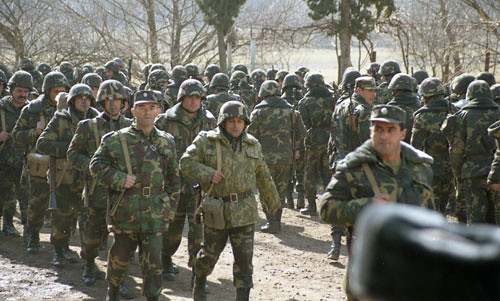A guide to the Azebaijan-Armenia conflict

https://www.flickr.com/photos/56767781@N00
Armenian soldiers
October 24, 2020
Overview
On September 27th, 2020, fierce conflict broke out on the Azerbaijan-Armenian border in western Asia. The original aggressor is unknown, but both sides have suffered casualties totaling thus far over 500 deaths and an unclear amount of injuries, both civilian and military. Both countries have declared their intentions to begin military operations against one another, with many prominent analysts declaring outright war.
Differences and alliances
Both Armenia and Azerbaijan are NATO countries, but the balance of power between them is very different. Armenia is a country closely allied with Greece, with a strong Christian history and large Christian population. Armenia relies on trading with regional neighbors, similar to Azerbaijan. Armenia has a weak military, and Greece is not a country particularly inclined to aid foreign powers because of its crushing debt. Azerbaijan, on the other hand, has a strong Muslim history and is a Muslim majority country. It is allied with Turkey, who is eager to gain ground and use its substantial resources and military to further its national goals. Armenia itself has a military that is nearly twice as effective in numbers than Armenia with a significantly better trained and equipped ground force.
Reasons for conflict
The primary reason for this conflict is a set of villages on the Armenia-Azerbaijan border. These villages, previously owned by each country, are hotly contested areas that have been a stress point for decades. As a result, this conflict has been seen by many analysts as somewhat inevitable without a prior diplomatic solution.


